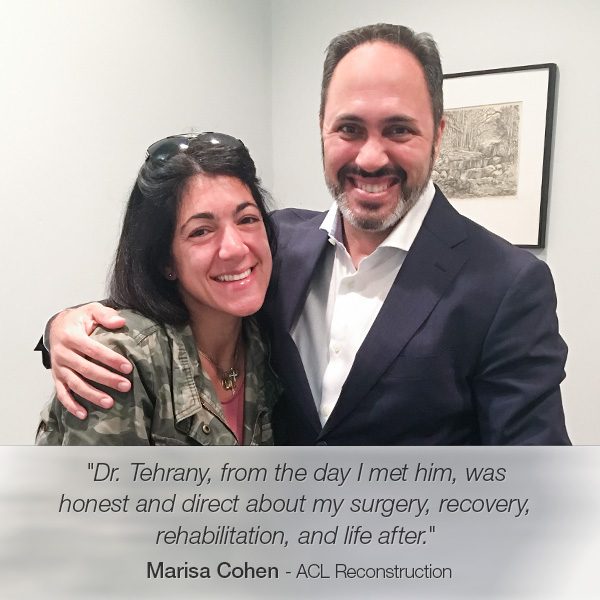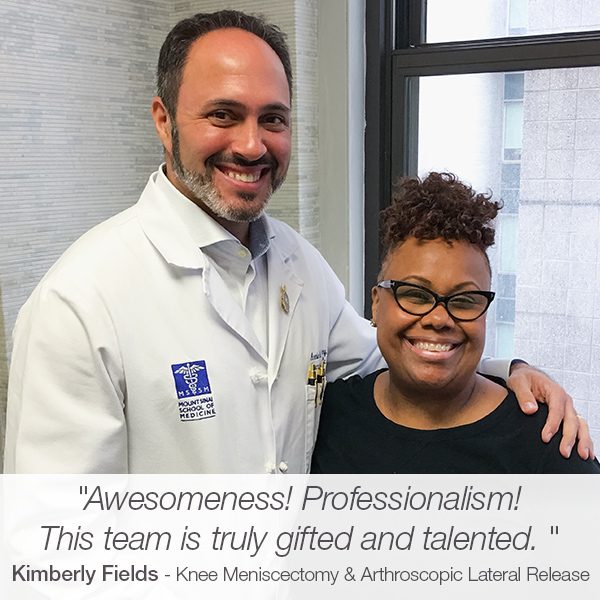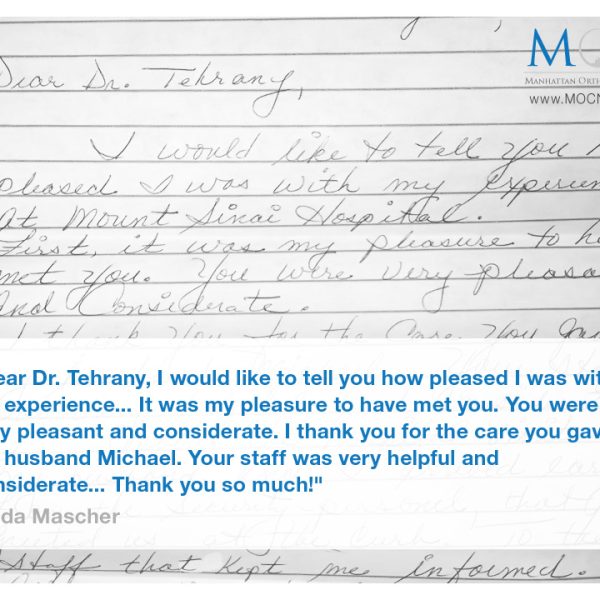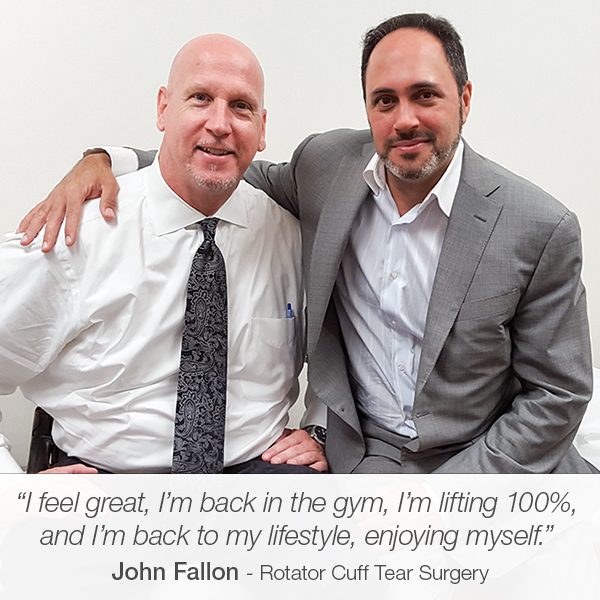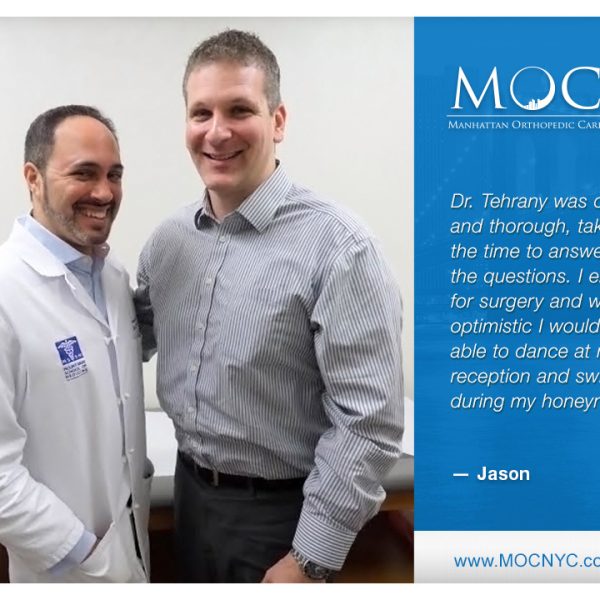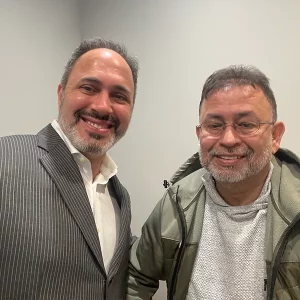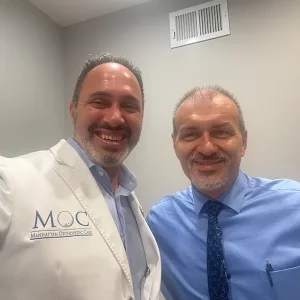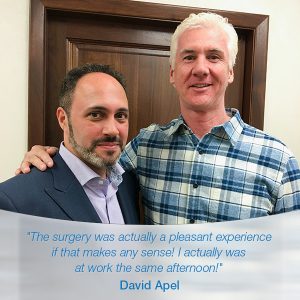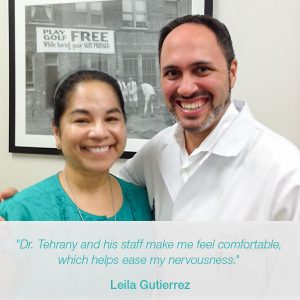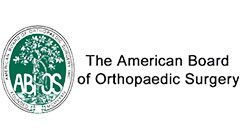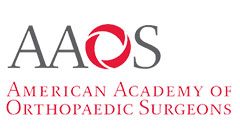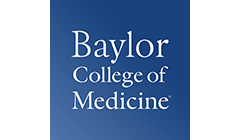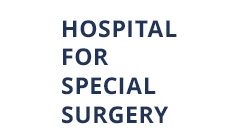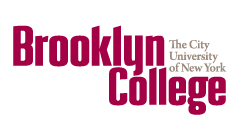What is Shoulder Arthritis Debridement?
It is a minimally-invasive shoulder surgery used to remove tissue in the joint that has been damaged from arthritis, overuse, or injury. Dr. Armin Tehrany, a board-certified orthopedic surgeon, uses a small camera (arthroscope), which is inserted into the joint to assess the damage and repair the shoulder where possible.
Shoulder Arthritis Debridement Surgery
Manhattan Orthopedic Care’s Dr. Armin Tehrany shares various aspects of the shoulder debridement procedure. He consults with patients throughout Staten Island, NYC who seek his expertise in managing their arthritis and injuries.
The shoulder debridement procedures can include the following steps
Preparation for the debridement
The patient is positioned so that the shoulder is clearly visible to the surgeon and the area is cleaned and sterilized. Local anesthesia is administered to numb the injection site and a sedative is provided to relax the patient. General anesthesia may sometimes be used.
Accessing the shoulder
The surgeon creates a series of small incisions around the shoulder and inserts an arthroscopic camera and other tools. The camera allows the surgeon to view the procedure on a monitor.
Examining the joint
Fluid is injected into the space around the socket to expand the joint and provide a clear view. The surgeon carefully examines the joint, to look for signs of damage. Once the shoulder has been diagnosed, the surgeon may use one or more of the arthroscopic tools to repair any damage.
Repairing the damage
Bone spurs may be filed down and loose or damaged cartilage may be removed.
End of the shoulder arthritis debridement
The incisions are closed with sutures or surgical staples and the shoulder is bandaged up. The patient is given pain relievers and should be able to leave the hospital within a day.
Arthroscopic Shoulder Debridement Recovery
Pain and swelling should be expected for several weeks post-surgery. It can take up to 12 months for complete healing and during this period gentle exercise and physical therapy are recommended. Your surgeon will discuss your unique rehabilitation plan with you in detail during your post-op consultation.
You may resume your daily routine within a few days after surgery, but your surgeon will discuss certain movement restrictions to help aid during your recovery period.
Surgery Risks & Side Effects
This procedure presents minimal risks when performed by a board-certified orthopedic surgeon. As with all surgical procedures, an element of risk is expected, and these include:
- Excessive bleeding
- Swelling
- Infection
Book an appointment with Dr. Armin Tehrany if you suffer from shoulder pain, immobility, and/or injury. His Manhattan Orthopedic Care offices are located in both Manhattan and Staten Island.















